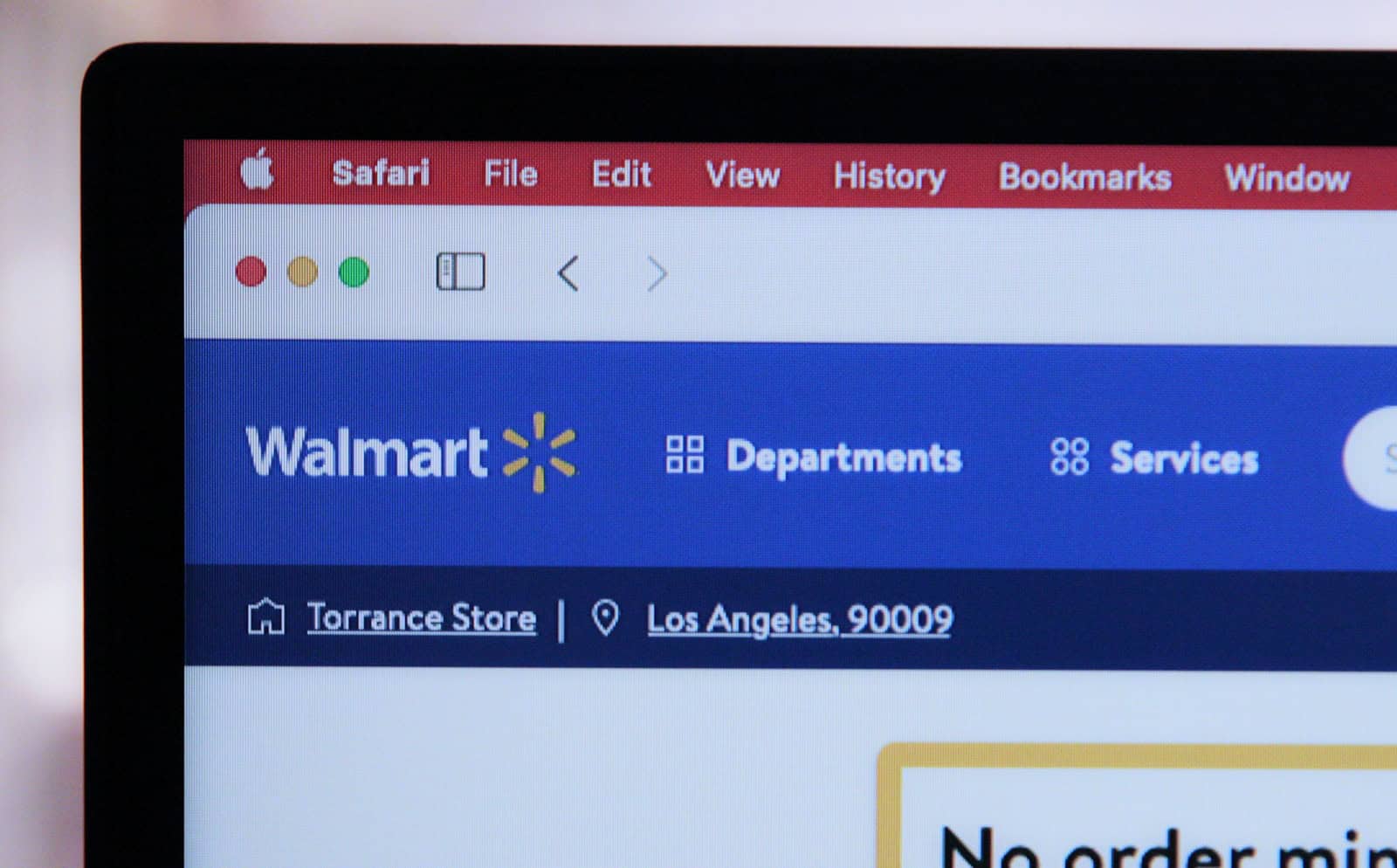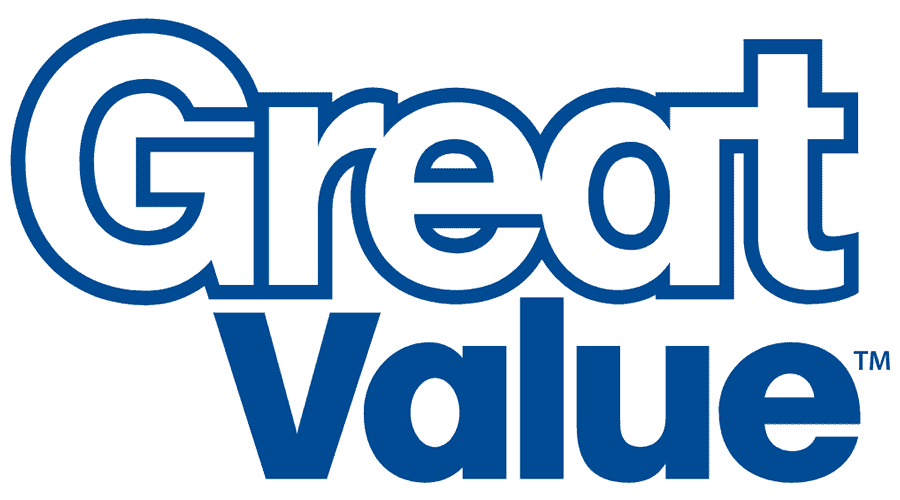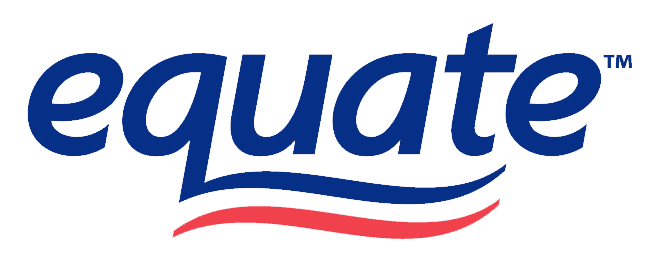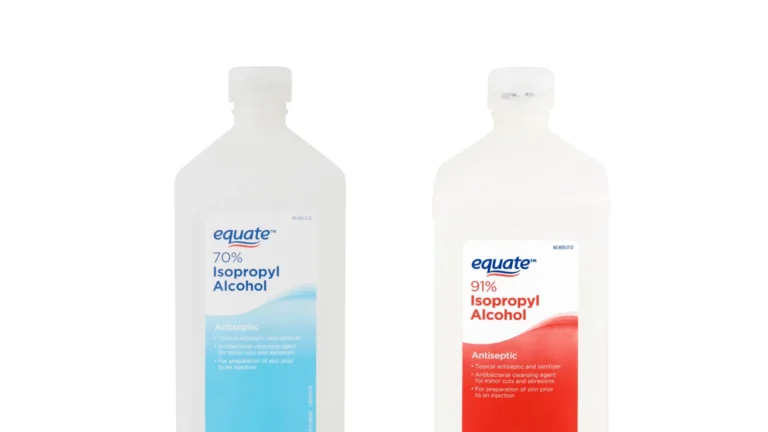
Walmart, the world’s largest retailer, has built an empire that extends far beyond its familiar blue and yellow storefronts. The company owns a diverse portfolio of brands and businesses, spanning various sectors and markets. Walmart’s private label brands include over 29,000 products across more than 315 brands in about 20 categories.
These brands range from everyday staples to premium offerings. Sam’s Choice, named after Walmart’s founder Sam Walton, represents the company’s premium tier in food and selected hard goods. Great Value, another well-known Walmart brand, offers discount-priced staple items. In clothing, Walmart has introduced new lines like George, Terra & Sky, and Time and Tru to compete with other major retailers.
Walmart’s reach extends beyond its own brands. The company has made strategic acquisitions to strengthen its market position. For example, in 2011, Walmart acquired a controlling stake in Massmart, a South African retailer that owns several local brands including CBW, Builder’s Warehouse, Makro, and Game.

Walmart’s Brand Portfolio
Walmart is known for its vast selection and everyday low prices. But did you know that many of the brands you see on their shelves are actually owned by Walmart itself? These “private label” brands offer a variety of products, often at lower prices than their name-brand counterparts.
Major Walmart Brands
- Great Value: This is perhaps Walmart’s most recognizable private label. Great Value offers a huge range of grocery items, from pantry staples to frozen foods to household products.
- Equate: Need affordable health and beauty products? Equate has you covered with everything from pain relievers to shampoo to first aid supplies.
- Sam’s Choice: This brand focuses on higher-quality food and beverage items, including premium coffee, unique snacks, and gourmet frozen meals.
- Parent’s Choice: For baby products, Parent’s Choice offers diapers, wipes, formula, baby food, and more at budget-friendly prices.
- Ol’ Roy: Man’s best friend deserves quality food too! Ol’ Roy provides a variety of dog food options, including dry kibble, wet food, and treats.
- Special Kitty: Not to be outdone, cat owners can find affordable and nutritious cat food options with Special Kitty.
Other Notable Walmart Brands
- Onn: This brand covers electronics and tech accessories, including TVs, headphones, and streaming devices.
- Free Assembly: Looking for stylish and affordable clothing? Free Assembly offers trendy apparel for men, women, and children.
- Time and Tru: Another clothing brand, Time and Tru focuses on classic and comfortable pieces for women.
- Wonder Nation: This brand provides affordable and durable clothing options for kids.
- George: This brand offers a variety of home goods, including bedding, furniture, and décor.
- Mainstays: Similar to George, Mainstays provides a wide selection of affordable home essentials.
- Pioneer Woman: A collaboration with celebrity chef Ree Drummond, this brand features cookware, kitchen gadgets, and home décor with a rustic charm.

Table: Walmart’s Private Label Brands by Category
| Category | Brand Names |
|---|---|
| Grocery | Great Value, Sam’s Choice, Marketside |
| Health & Beauty | Equate |
| Baby | Parent’s Choice |
| Pet | Ol’ Roy, Special Kitty |
| Apparel | Free Assembly, Time and Tru, Wonder Nation |
| Home | George, Mainstays, Pioneer Woman |
| Electronics | Onn |
| Office Supplies | Pen+Gear |
This is not an exhaustive list, as Walmart has hundreds of private label brands across various categories. By offering these brands, Walmart provides customers with more choices and helps them save money on their everyday needs.
Key Takeaways
- Walmart owns hundreds of private label brands across various product categories
- The company has expanded its portfolio through strategic acquisitions and partnerships
- Walmart’s brand strategy aims to offer a wide range of products at different price points
Walmart’s Operational Reach
Walmart’s global presence spans multiple countries and digital platforms. The company has grown from a single store to a retail giant with extensive international operations and a robust e-commerce business.
Expansion in International Markets
Walmart operates in 24 countries outside the United States. Its largest international markets include Mexico, Canada, and the United Kingdom. In Mexico, Walmart runs over 2,700 stores under various banners. The company entered Canada in 1994 and now has more than 400 locations.
Walmart’s presence in the UK comes through its ownership of Asda, a major supermarket chain. In emerging markets, Walmart has made significant inroads. The company operates in India through Flipkart, an e-commerce platform it acquired in 2018.
Brazil and China have been challenging markets for Walmart. The company sold its Brazilian operations in 2018 but maintains a presence in China with over 400 stores.
E-Commerce Growth
Walmart has heavily invested in its e-commerce capabilities. The company’s online sales have seen rapid growth, especially since 2016. Walmart.com offers millions of items and competes directly with Amazon.
The acquisition of Jet.com in 2016 boosted Walmart’s digital expertise. The company has also bought several online brands like Bonobos and ModCloth to expand its e-commerce portfolio.
Walmart’s grocery pickup and delivery services have been key drivers of online growth. The company has expanded these services to thousands of stores across the U.S.
Financial Overview
Walmart’s financial performance reflects its massive scale. In fiscal year 2024, the company reported:
- Revenue: $611.3 billion
- Net Income: $11.7 billion
- Market Cap: Approximately $400 billion (as of October 2024)
Walmart’s consistent revenue growth stems from both its store expansion and e-commerce sales. The company’s size allows it to negotiate favorable terms with suppliers, helping maintain its low-price strategy.
Despite challenges in some international markets, Walmart’s overall financial health remains strong. The company continues to invest in technology and supply chain improvements to drive future growth.
Walmart’s Owned Brands and Acquisitions
Walmart has expanded its retail empire through strategic acquisitions and the development of exclusive brands. The company’s portfolio includes major subsidiaries, international retailers, and private label product lines.
Major Acquisitions
Walmart has made several notable acquisitions to strengthen its market position. In 2016, the company bought Jet.com for $3.3 billion to boost its e-commerce capabilities. This move helped Walmart compete more effectively with Amazon.
Flipkart, India’s leading e-commerce platform, was acquired by Walmart in 2018 for $16 billion. This purchase gave Walmart a strong foothold in the rapidly growing Indian market.
Other significant acquisitions include:
- Moosejaw (outdoor retailer) in 2017
- Bonobos (men’s clothing) in 2017
- Art.com (online art retailer) in 2018
Subsidiaries and Owned Entities
Walmart owns various subsidiaries across different markets and retail segments. Sam’s Club, a membership-only warehouse club, is one of Walmart’s most well-known subsidiaries in the United States.
Internationally, Walmart has a significant presence through its owned entities:
- Asda (United Kingdom)
- Seiyu (Japan)
- Massmart (South Africa)
Massmart operates over 400 stores across 13 African countries, making Walmart a major player in the African retail market.
Walmart also owned Vudu, a digital video service, until its sale in 2020.
Exclusive Brands and Store Brands
Walmart has developed numerous private label brands to offer customers quality products at lower prices. These brands cover a wide range of product categories.
Some of Walmart’s key store brands include:
- Great Value (groceries and household items)
- George (clothing)
- Mainstays (home goods)
- Better Homes and Gardens (home decor and outdoor products)
In 2018, Walmart acquired plus-size fashion brand Eloquii to expand its clothing offerings. The company also purchased Bare Necessities, an online intimates retailer, to strengthen its position in the lingerie market.
Business Strategies and Market Position
Walmart’s dominant market position stems from its focus on low prices, broad product assortment, and omnichannel presence. The company leverages its scale and efficiency to maintain competitive advantages while investing in sustainability and technology.
Competitive Edges
Walmart’s main competitive edge is its ability to offer low prices through economies of scale. The company’s massive purchasing power allows it to negotiate better deals with suppliers. This translates to savings for customers across its stores and e-commerce platforms.
Walmart’s extensive store network gives it a physical presence in many communities. This allows for convenient in-store shopping and supports its omnichannel strategy. The company has over 10,500 stores worldwide, with about 4,700 in the U.S.
Product variety is another key advantage. Walmart stocks a wide range of items, from groceries to electronics to clothing. This one-stop-shop approach attracts customers looking for convenience.
Sustainability Initiatives
Walmart has set ambitious sustainability goals to reduce its environmental impact. The company aims to achieve zero emissions across its global operations by 2040.
Key initiatives include:
- Transitioning to 100% renewable energy
- Electrifying its vehicle fleet
- Reducing waste in its operations and supply chain
- Selling more sustainable products
Walmart also works with suppliers to improve sustainability in its supply chain. The company’s Project Gigaton aims to reduce emissions in its supply chain by 1 billion metric tons by 2030.
These efforts help Walmart appeal to eco-conscious consumers and reduce long-term costs.
Technology and Innovation
Walmart invests heavily in technology to improve operations and enhance customer experience. Key focus areas include:
E-commerce: Walmart has expanded its online presence to compete with Amazon. The company offers services like grocery pickup and delivery.
Supply chain optimization: Advanced analytics and AI help Walmart manage inventory more efficiently.
In-store technology: The company is testing innovations like shelf-scanning robots and cashier-less checkouts.
Walmart’s tech investments aim to boost efficiency, reduce costs, and provide a seamless shopping experience across channels.
Leadership and Corporate Structure
Walmart’s leadership structure and operational divisions enable efficient management of its vast global retail empire. The company’s executive team and organizational hierarchy support its mission to provide low prices and quality products to customers worldwide.
Executive Leadership
Doug McMillon serves as Walmart’s CEO, overseeing the company’s strategic direction. He leads a team of experienced executives responsible for various aspects of the business. The leadership team includes key roles such as the Chief Financial Officer, Chief Operating Officer, and heads of major divisions like Walmart U.S. and Walmart International.
The Walton family maintains significant influence over Walmart’s operations. They ensure Sam Walton’s founding principles of value and customer service remain central to the company’s ethos.
Operational Divisions
Walmart organizes its business into several key operational units. Walmart U.S. is the largest division, managing thousands of stores across the country. Walmart International oversees operations in markets outside the United States, including Canada, Mexico, and Chile.
Sam’s Club operates as a separate membership-based warehouse club division. Walmart.com handles the company’s growing e-commerce operations, competing with online retail giants.
Walmart de México y Centroamérica and Walmex manage operations in Latin America. The Seiyu Group, now jointly owned by KKR (85%) and Walmart (15%), runs the company’s business in Japan.
Frequently Asked Questions
Walmart offers a diverse range of private label brands and owns multiple companies across various retail sectors. The retail giant also carries popular clothing brands and operates several store formats.
What private label brands are offered by Walmart?
Walmart’s private label brands include Great Value, Equate, and Sam’s Choice. These brands cover a wide range of products from groceries to household items and health products. Walmart’s store brands often provide affordable alternatives to national brands.
How extensive is Walmart’s portfolio of owned companies?
Walmart owns over 800 brands and companies. Its vast portfolio includes e-commerce platforms, retail chains, and technology companies. This extensive ownership allows Walmart to maintain a strong presence in multiple markets and retail segments.
What are the most popular clothing brands available at Walmart?
Walmart carries many popular clothing brands like George, Time and Tru, and Wonder Nation. These brands offer affordable fashion options for men, women, and children. Walmart also stocks other well-known clothing brands at competitive prices.
Which stores operate under Walmart’s ownership umbrella?
Walmart owns and operates various store formats. These include Walmart Supercenters, Neighborhood Markets, and Walmart Express stores. Each format caters to different shopping needs and local market demands.
Does Walmart’s ownership extend to wholesale club chains?
Yes, Walmart owns Sam’s Club, a membership-based wholesale chain. Sam’s Club offers bulk products and exclusive deals to its members. It competes with other wholesale clubs in the market.
Is there an affiliation between Lowe’s and Walmart within their ownership structure?
No, Lowe’s and Walmart are separate companies with no shared ownership. Lowe’s is a home improvement retailer, while Walmart focuses on general merchandise and groceries. The two companies operate independently in the retail sector.






